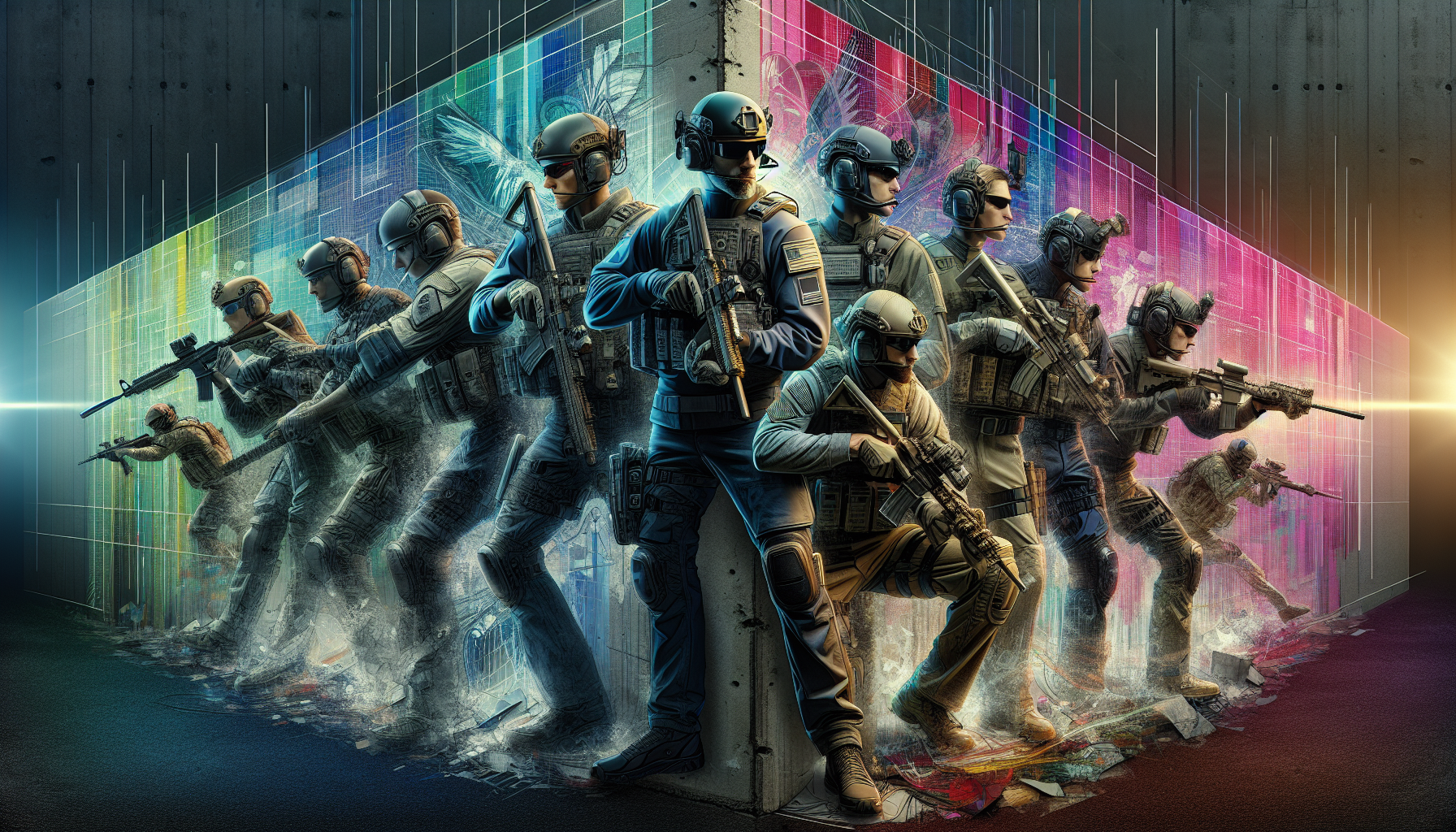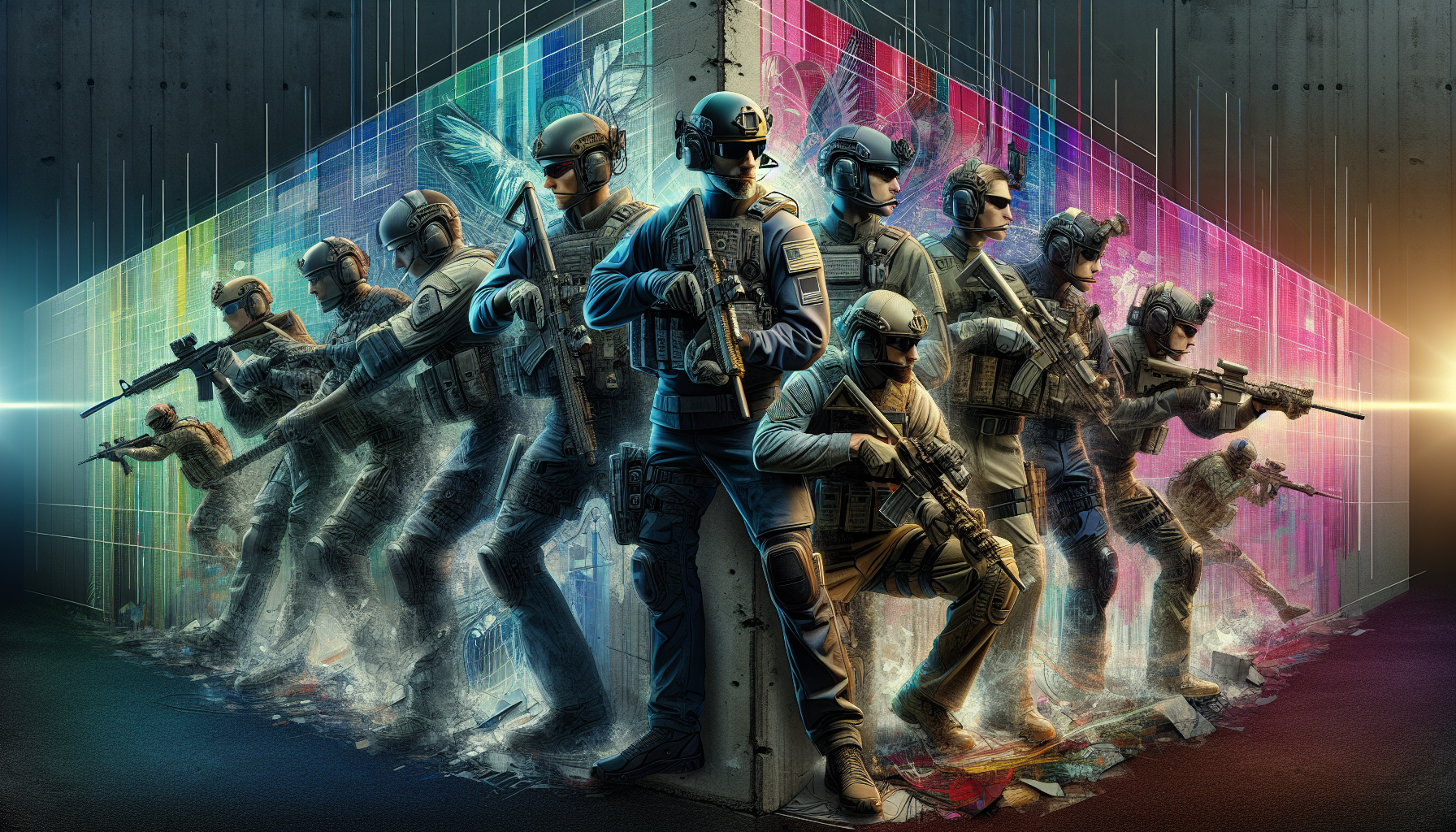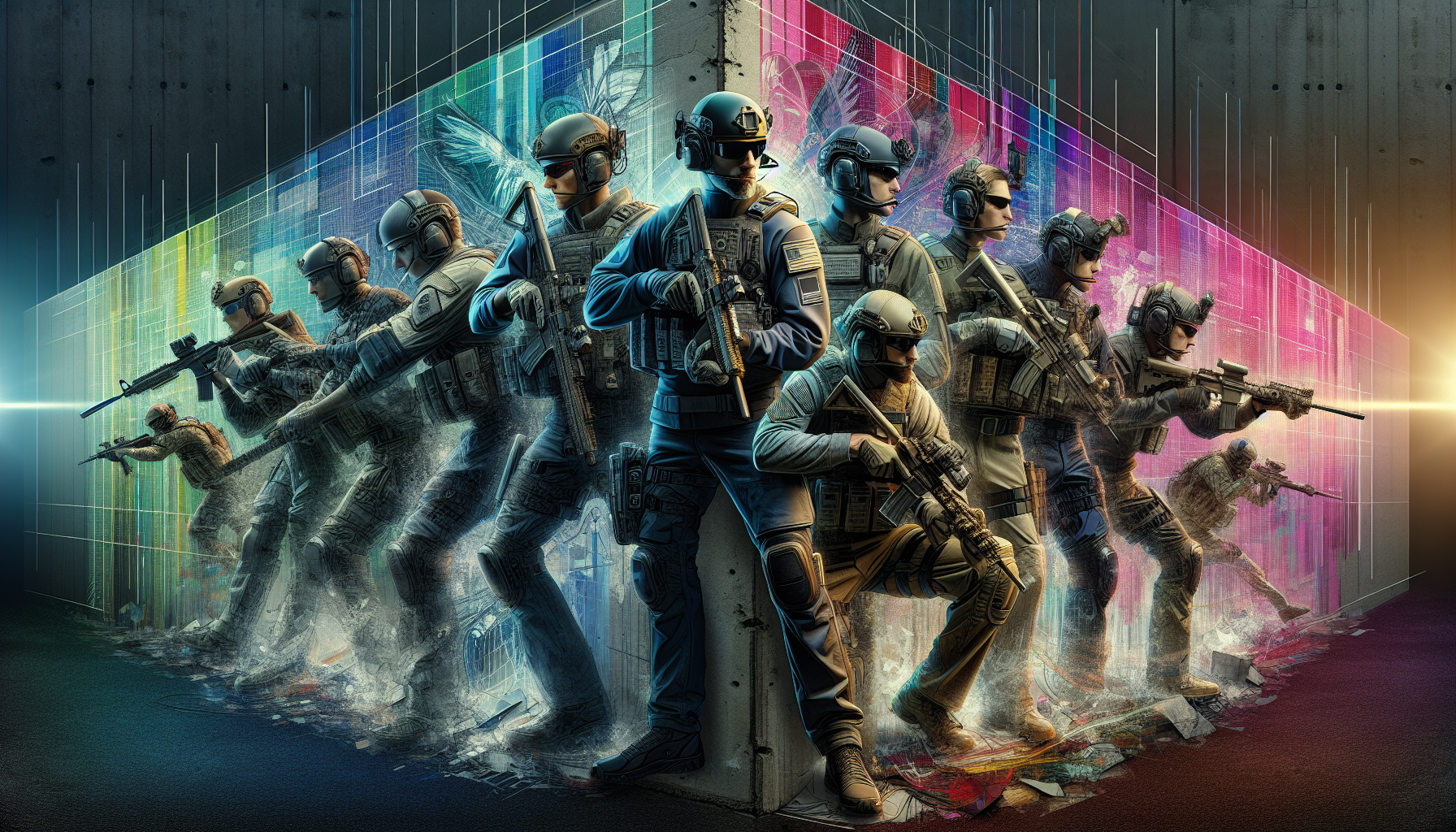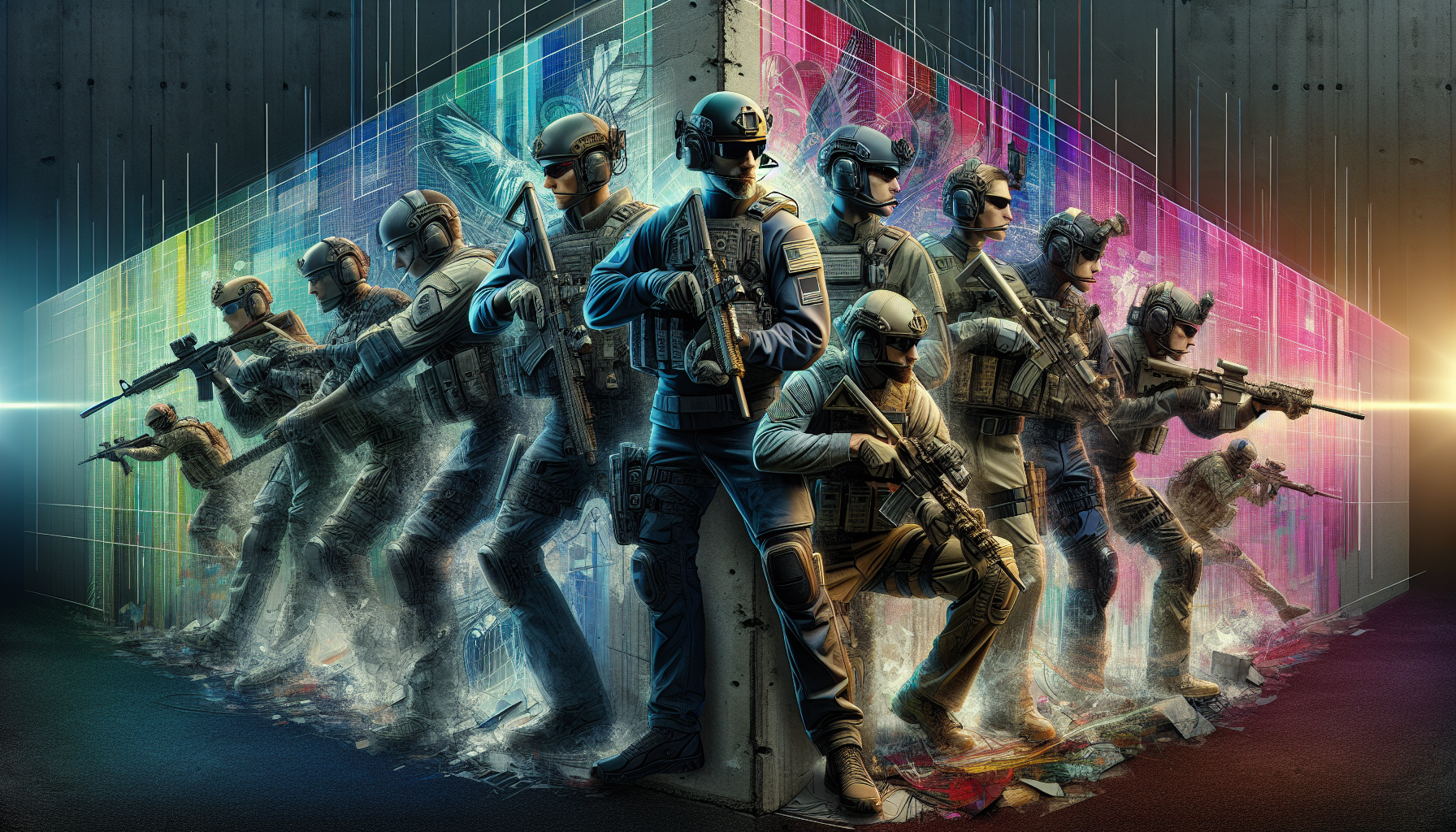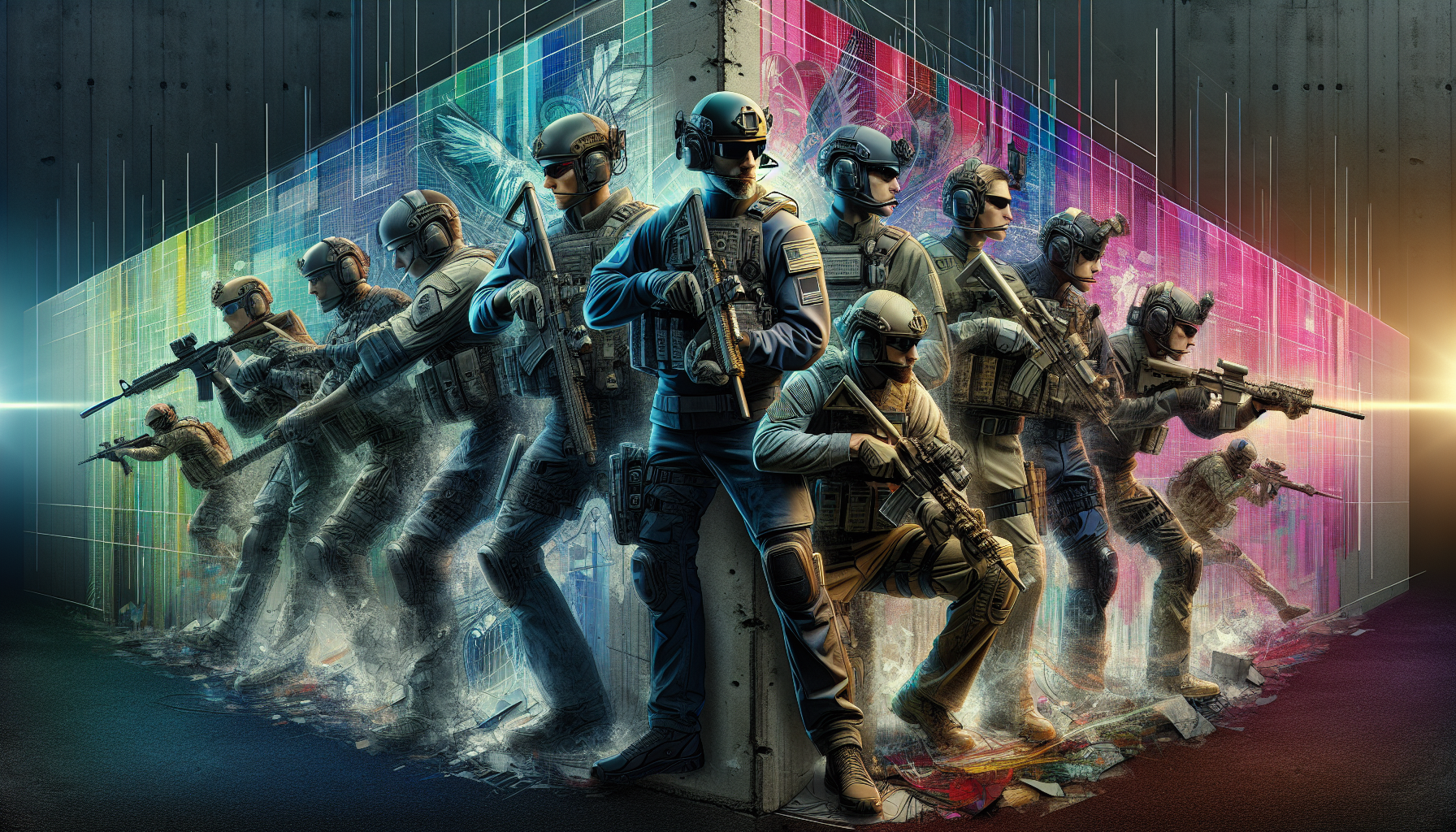The Evolution of Rainbow Six Siege: 2015 to 2024
Imagine stepping into a world where tactical precision and teamwork reign supreme—a world that first unfolded in December 2015 with the launch of Rainbow Six Siege. For those of us who've been around since the beginning, the journey has been akin to riding a rollercoaster, full of thrilling drops, unexpected twists, and heart-stopping moments that leave you breathless. From the jagged edges of its early days to the polished gem it is today, Rainbow Six Siege has continuously evolved, shaped not only by its developers but also by its fervent community.
Major Updates and Content Expansions
Back in 2015, when I first booted up the game, Rainbow Six Siege felt fresh, albeit a little rough around the edges. The launch was met with mixed reactions—some marveled at its emphasis on strategy over sheer firepower, while others grimaced at the bugs and connectivity issues. Nevertheless, it was clear Ubisoft had something special on their hands.
Fast forward two years, and the game underwent Transformation 2.0 (also known as Operation Health). This wasn't just an update; it was a pledge to improve the core experience. Ubisoft hit reset on the neglected corners of their game, proving their commitment to the community. This meticulous ground-up rebuild paved the way for future content drops that enriched our screens with new operators, maps, and modes.
Speaking of operators, who could forget the likes of Ela and Dokkaebi introduced during Operation Blood Orchid? This update was a turning point that raised the ante, pushing creativity in operator gadgets and tricking out tactical options. But Siege wasn't stopping there. By 2019, the game was brimming with 50 operators, each bringing a unique twist to the gameplay kaleidoscope.
Changes in Gameplay Mechanics
Over the years, Rainbow Six Siege has seen a fascinating shift in its gameplay mechanics. Remember when glass-breaking and wall-breaching felt revolutionary? Well, Siege didn't rest on its laurels. Enhancements to physics and destructible environments redefined tactical play. I personally recall a match where a lobster-like tank was just the ingredient needed—breaching from below while opponents were too focused on locked doors above.
The introduction of features like advanced barricading options and secondary gadgets diversified tactics by providing new ways to outsmart opponents. Moreover, the deployment of an in-game ping system infinitely improved communication, reducing reliance on voice chat alone—a godsend for someone like me who's often struck by stage fright in a tactical scenario.
Then, there's the more controversial elements, like the Siege meta game. The meta game has shifted so often that it's like trying to pin Jell-O to a wall. These oscillations kept even the most seasoned players on their toes, forcing us all to continually rethink strategies. I've often found myself scrapping one tried-and-tested strategy after another, adapting on the fly during intense matches.
Impact of Community Feedback and Competitive Scene
It would be remiss to talk about the evolution of Rainbow Six Siege without tipping a hat to its loyal community. This game is a testament to what can happen when developers truly listen. Back in 2015, Ubisoft showed the world the art of embracing feedback. Whether it was removing toxic players or fine-tuning weapon balancing, the community's voice echoed through update after update.
I remember submitting my own feedback on operator balancing after being diced up a few too many times by an overpowered Ash. Just knowing Ubisoft had open ears made all the difference. It was their willingness to engage with us, the players, that not only improved the game but cultivated a thriving, passionate ecosystem.
The impact of the competitive scene only added fuel to this fire. The electrifying Rainbow Six Pro League fostered not just regional pride but also a shared learning opportunity. Watching those seasoned pros maneuver was like a masterclass in tactical prowess. Each tournament brought new debates about which strategy was supreme, which operator was OP, and how maps could be exploited in new, inventive ways.
A Decade of Domination
As we sit here in 2024, gazing back at nearly a decade of Rainbow Six Siege, it's astounding how far the game has come. It's not just a game that has matured; it's a community, a sport, and for many of us, a cherished pastime filled with camaraderie and adrenaline-fueled showdowns.
The most profound takeaway might be the ever-present influence of those who play the game. Rainbow Six Siege has evolved not because it had to—but because we, the players, demanded it. As long as the community thrives and the developers stay committed to innovation and feedback, this beloved tactical shooter will likely continue to DDoS our schedules for many years to come.
So, whether you're a newcomer, eager to join the ranks, or a seasoned siege-veteran with tales of groundbreaking breaches and hair-raising clutches, remember this: the Siege story isn't just about what's on screen. It's about what's within us—the strategists, the team-players, the tacticians. The evolution is ongoing; we're just here for the ride. Buckle up.

